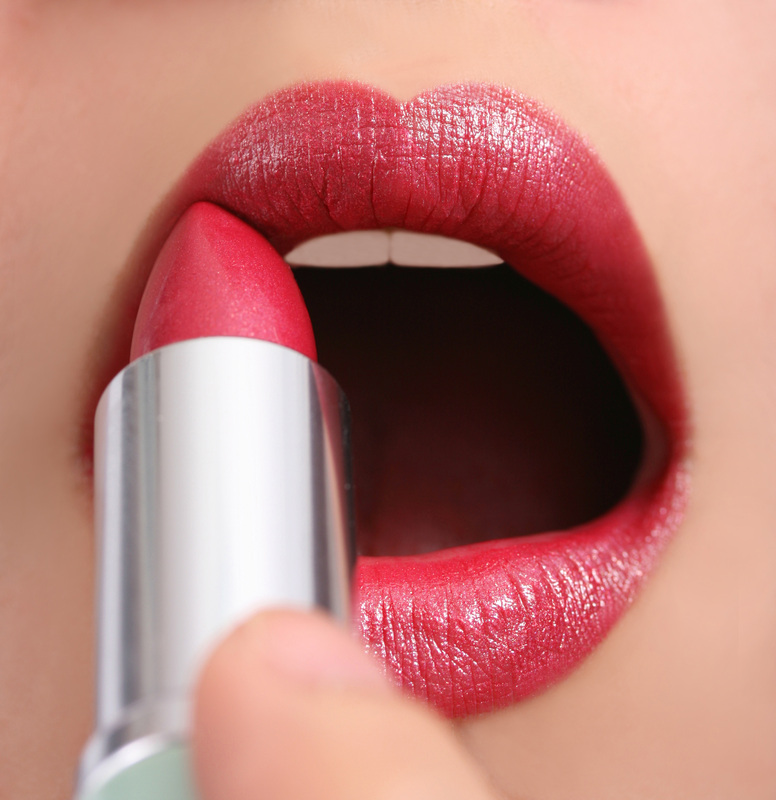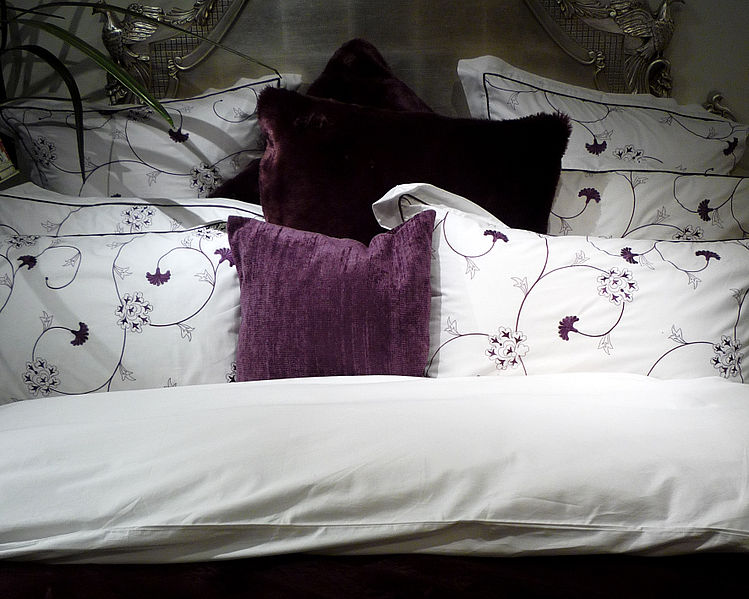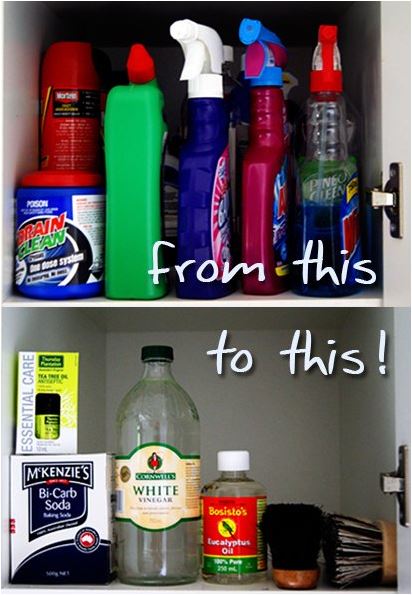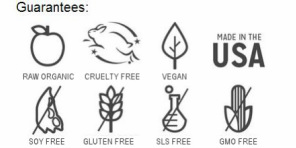|
As a living, breathing organ, your skin is exposed to all sorts of pollutants called free radicals - from cosmetics, our homes and our external environment. CosmeticsIn our society, we often lather on products containing harsh chemicals without knowing what kind of damage is being done - all in the name of beauty. The amount of toxins in the majority of cosmetics is alarming and the FDA does not have the authority to regulate the ingredients prior to packaging. Many lipsticks contain lead; formaldehyde can be found in nail polish; while fragrances are full of neurotoxins. Considering these products are applied to your skin, which is porous, continued use can have devastating affects on your health. We are finally beginning to see more and more companies climbing on the "green" bandwagon; however, BEWARE. Labeling and marketing can be deceptive. We have always encouraged our clients to read the labels for all products - be it food, cleaning supports or household products and clothing. Even 1 to 5% toxins can wreak havoc on your body, so always choose products containing 100% pure ingredients. LinensAhhhh, how wonderful it is to climb into bed after a long day. It's suppose to be your sanctuary for rest and relaxation, right? But is it? Our linens can be covered with dust mites, which feed off your dead skin and produce excretions that are unseen by the naked eye,and which cause allergic reactions in most people. If you sleep with your face against your pillow, think about the oils your body and scalp are eliminating that is being rubbed right back onto your skin. What to do? Change your pillowcase every day and your bed linens twice a week - or at least once a week. Also, choose an organic mattress cover and organic linens to avoid synthetics, which may contain toxins (this applies to clothing as well). Be sure to vacuum often and hopefully you are using a bag-less vacuum, because what may be inside those bags is a whole other issue. You may want to read about what's living in your vacuum. The EnvironmentWe may have control over products we use in our homes, be it furniture, linens, toys, clothing, cleaning products, or skin care products, but what about the outside environment? If you live in an urban area, you are mostly likely constantly being bombarded by free radicals from car exhaust, gases, fumes and grease from food establishments, etc. You get the picture. What can you do?
Protect your skin from these chemicals. Keep it clean and unclogged. Be sure to cleanse and exfoliate everyday, and apply a natural barrier moisturizer with sunscreen properties. And, of course, that means you should be using natural, organic products. By being proactive and warding off these environment dangers, you are taking care of yourself, and that's a wonderful feeling! What do you do to protect yourself from these skin gremlins?
2 Comments
Do you detest the toxic chemicals of the commercial cleaners on the market? Have you switched to green cleaning products? Or perhaps you're thinking about making the switch, but you're confused and don't know where to start. Green cleaning DIY to the rescue! It's not complicated either. All you need are a few basic ingredients for all your household cleaning to transform your cleaning supplies. The basic supplies you need are:
• Baking Soda • White Vinegar • Hydrogen Peroxide • Essential oils, like tea tree oil, lavender oil, eucalyptus oil, or lemongrass oil • Castile Soap (like Dr. Bronner's) • Fresh Herbs, citrus, or citrus peels • Vegetable Oil • Salt These are inexpensive, easy-to-use, and environmentally safe alternatives, which can safely be used in place of commercial household products. They can be used alone or in combination for a wealth of household applications. Here's what you can do with these products. Baking Soda - cleans, deodorizes, softens water, scours. White Vinegar - cuts grease, removes mildew, odors, some stains and wax build-up. Hydrogen Peroxide - removes laundry stains, whitens clothes, cleans fruits and veggies, sanitizes, de-germs. Essential Oils - effective against most household bacteria. Soap - unscented soap in liquid form, flakes, powders or bars is biodegradable and will clean just about anything. Avoid using soaps which contain petroleum distillates. Fresh Herbs, Citrus, or Citrus Peels - cleans, deodorizes, effective against bacteria. Vegetable Oil - polishes wood Salt - abrasive All-Purpose Cleaner: Mix 1/2 cup vinegar and 1/4 cup baking soda (or 2 teaspoons borax) into 1/2 gallon (2 liters) water. Store and keep. Use for removal of water deposit stains on shower stall panels, bathroom chrome fixtures, windows, bathroom mirrors, etc. All-Purpose Cleaner: Mix 2 cups water, 1 cup hydrogen peroxide, and 1/4 cup lemon juice. Store and keep. You can use this cleaner for everything from streak-free mirrors to wiping out the cat litter box. You'll find a list of simple green cleaning recipes at Earth Easy. What's are your favorite natural cleaning alternatives?  Being sustainable is here to stay. As consumers, we are demanding it. Our economy demands it. Parents and children demand it. The new revolution is leading us into a greener future. Once we understand the terminology, companies, like ours, can provide you, the consumer, better product options and greater information. Let’s clear up the confusion over terms like “organic” and “green” that are widely used by companies and consumers. One of the major components of sustainability is the “organic” or natural source, which refers to how the raw materials are grown, produced and processed without using chemicals, like pesticides and artificial growth agents. Organics have a higher nutritional value than non-organics. When applied to the skin, nutrients are absorbed into the bloodstream and distributed throughout the body. The same goes for chemical ingredients, which are also absorbed through the skin. It’s up to the consumer to be educated on what ingredients are appropriate to use and what can pollute the environment. A “green” product is related to the production, packaging, distribution, and product consumption, as well as the carbon footprint that process leaves behind. Green products are oftentimes made using organics, incorporating environmental practices to be “sustainable”, which means considering all production logistics to reduce carbon footprint. Green and Organic Product Factors to Consider: · Is it organic? · Is it safe? · Do you need it? · What are the ingredients? · Is the packaging excessive? · Is the packaging recyclable? · Where was it made? At EdenSong Essentials we use natural and organic (and local) ingredients and do our best to provide the smallest carbon footprint we can through recycled packaging. We are constantly working towards combining the best of both worlds – organic and green. |
Contact UsAuthorWelcome! I'm Stephanie (Jo to close friends), founder of EdenSong. Aside from my university studies, I have a natural passion for all things organic. I enjoy living and learning about natural ways, all things health related, cooking, gardening with herbs and flowers, photography, DIYing, yoga, bicycling, ballet, traveling and being with family and friends. A quirk of mine is my near obsession of Asian culture, particularly Korean history and its language. Would you like to know more? Find out about us. Categories
All
Archives
December 2014
© EdenSong Essentials
All Rights Reserved |
|
Sign up for monthly free tips and recipes.
|
Shop About Us Contact Us Ingredients Endorsements Terms & Policies Get in Touch Customer service or wholesale inquiries, please leave us a message: 615.292.1000 Or better yet, email us: [email protected] |
Connect Socially
© EdenSong Essentials
All Rights Reserved |








